There’s something to be said about having the best of both worlds. A case in point is the very popular transitional design style. What’s better than taking the best of tradition, the sleekest of modern design, and creating a trendy combo? When done right, transitional homes are full of warmth, balance, and style. The transitional design style recognizes an immutable truth: the old and new live side by side, as they always have.
Traditional aesthetics can sometimes feel too stuffy on their own, and modern interior designs can come off as cold. But when these two opposites are brought together, the results work surprisingly well. The resulting combination is a beautiful balance between the aesthetic qualities of both design styles. The transitional look is therefore a paragon of comfort, sophistication, and elegance.
Roots of Transitional Design
Before WWII, modernism had been all the rage. It was everywhere and in almost everything. Every new building, loads of new consumer products, and even cars started going for provocative modernist looks. Everything had to be streamlined, decluttered, simplified, and sleek.
The Inevitable Transition
This craze continued after the Second World War, but by then something had changed. Some had grown tired of the starkness of the modernist / minimalist style and believed that it was too cold and clinical. While a few pined for a return to traditional aesthetics, many wanted something with modern touches that maintained coziness and a sense of character — a combination most modernist spaces did not have.
Staying Relevant By Evolving
It was this yearning that led to the development of an entirely new style in the 1950s which came to be known as the transitional style. As the name implies, this new style tried to combine elements of the old and the new, and thus provide a gradual aesthetic transition. As with the design styles it draws from, the transitional design style has evolved with the times and has continued to incorporate contemporary motifs.
This allows the design style to always feel relevant even as people’s aesthetic tastes change. Transitional designs still combine traditional motifs with modernist ones, but a transitional design can even be a combination of other aesthetics as well.
How to Recognize the Transitional Style
Some distinctive giveaways indicate that an interior was designed in the transitional style.
Curves and Straight Lines
In other words, a combination of two contradictory style features. Transitional interior design loves to combine seemingly disparate elements. Surprisingly, this can often result in something quite beautiful which couldn’t be achieved if the motifs were used separately. So expect to see curves and straight lines existing in perfect harmony.
This can be in the form of a minimalist sleek granite coffee table forming the centerpiece for some traditional furniture pieces, each adorned with generous curves. There is a logic to this randomness though, and it comes in the form of extensive color coordination as well as decluttering.
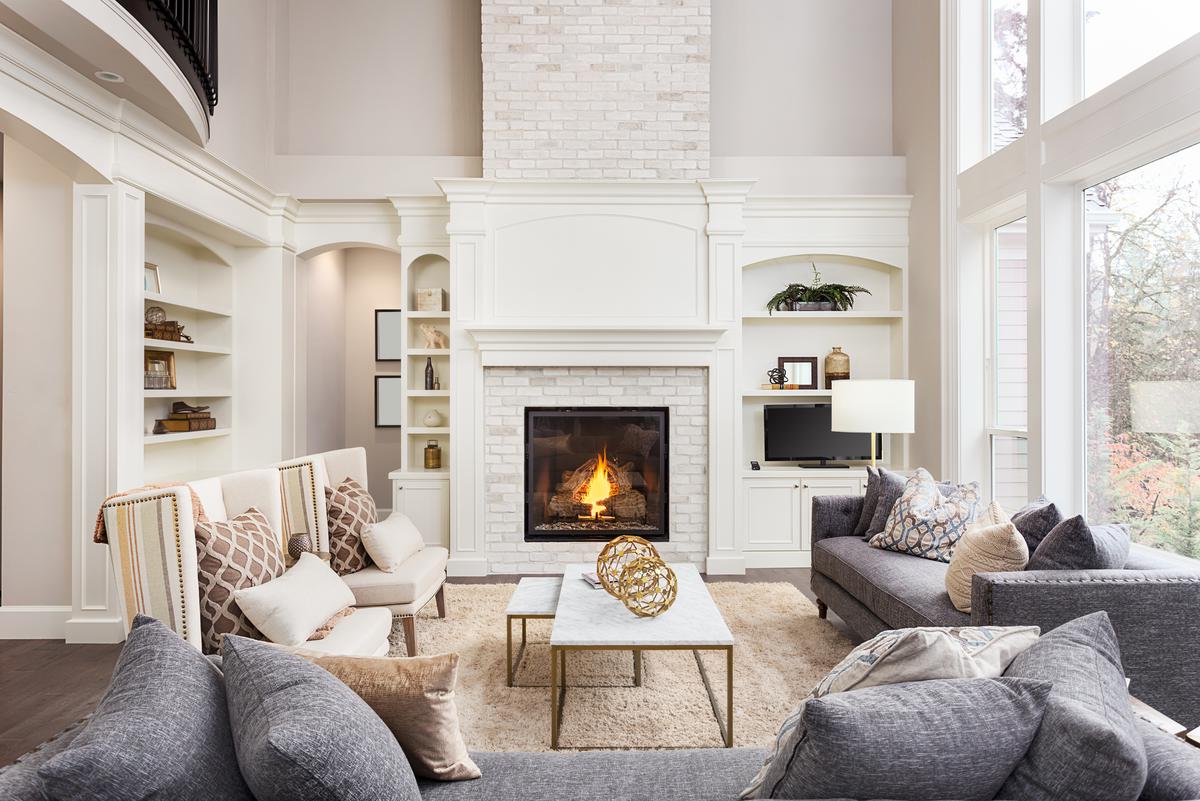
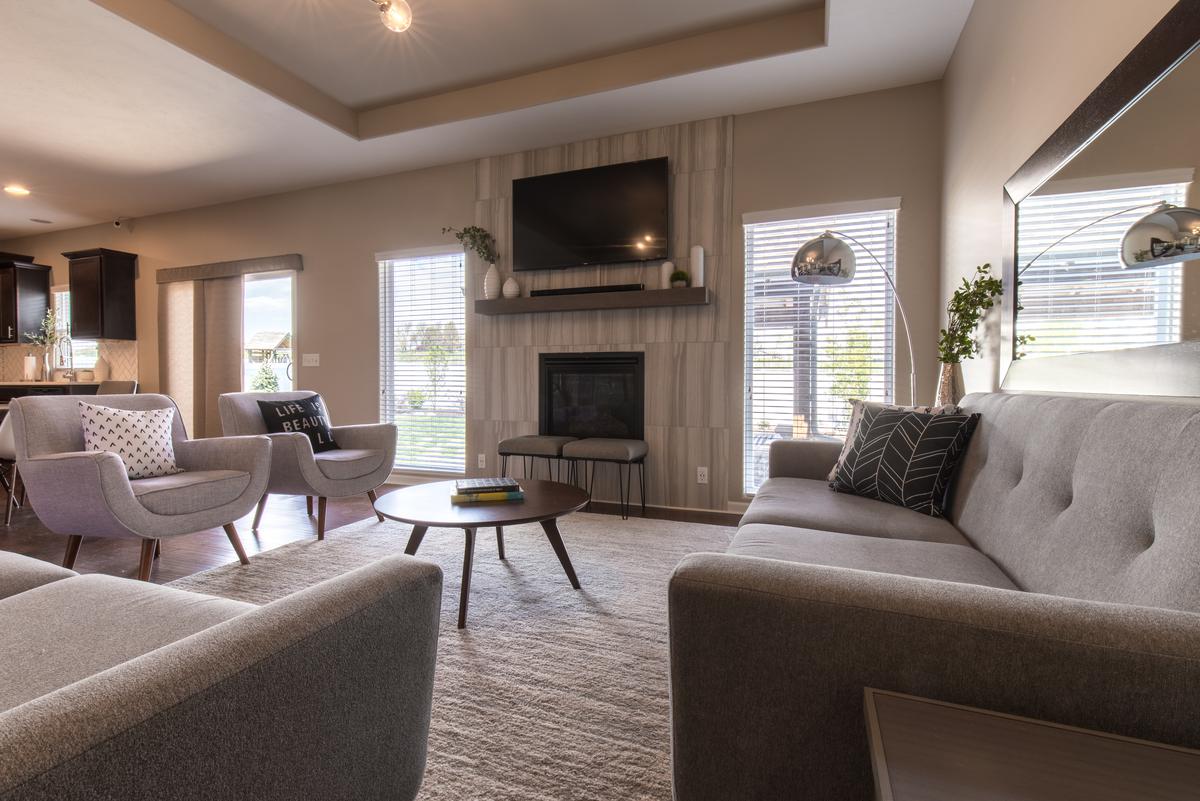
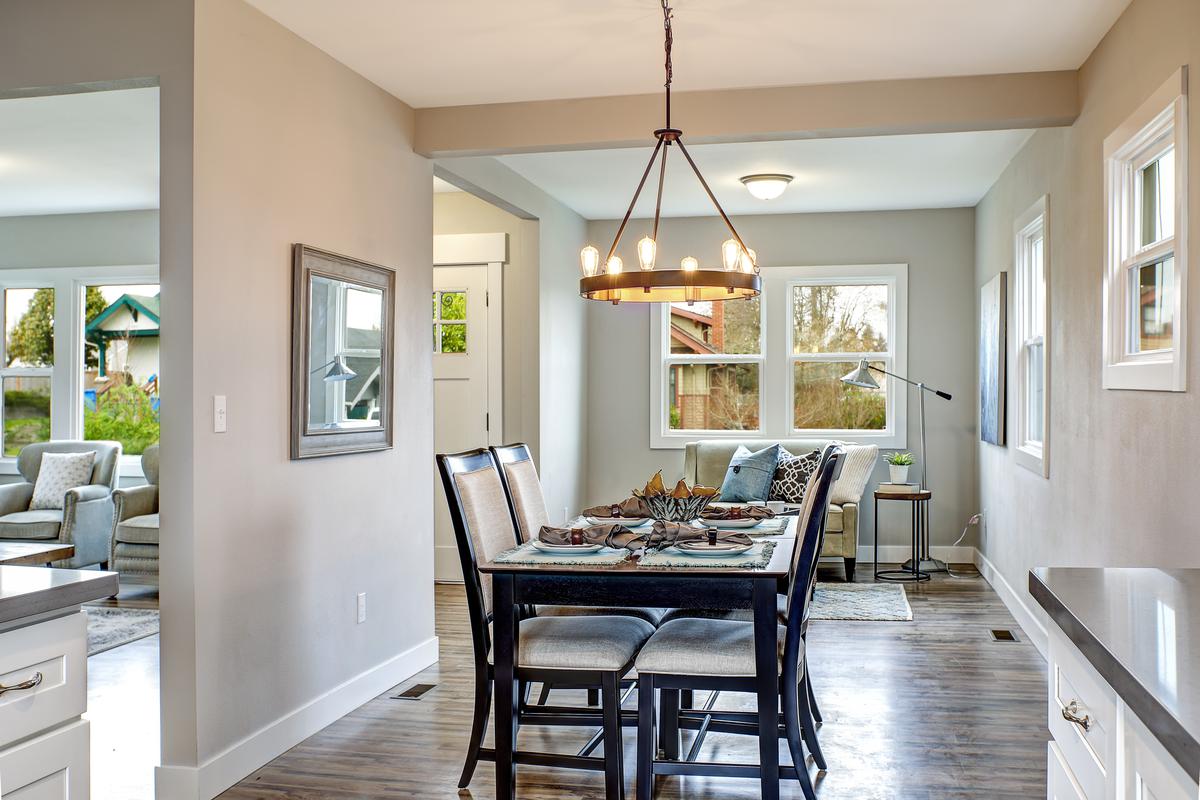
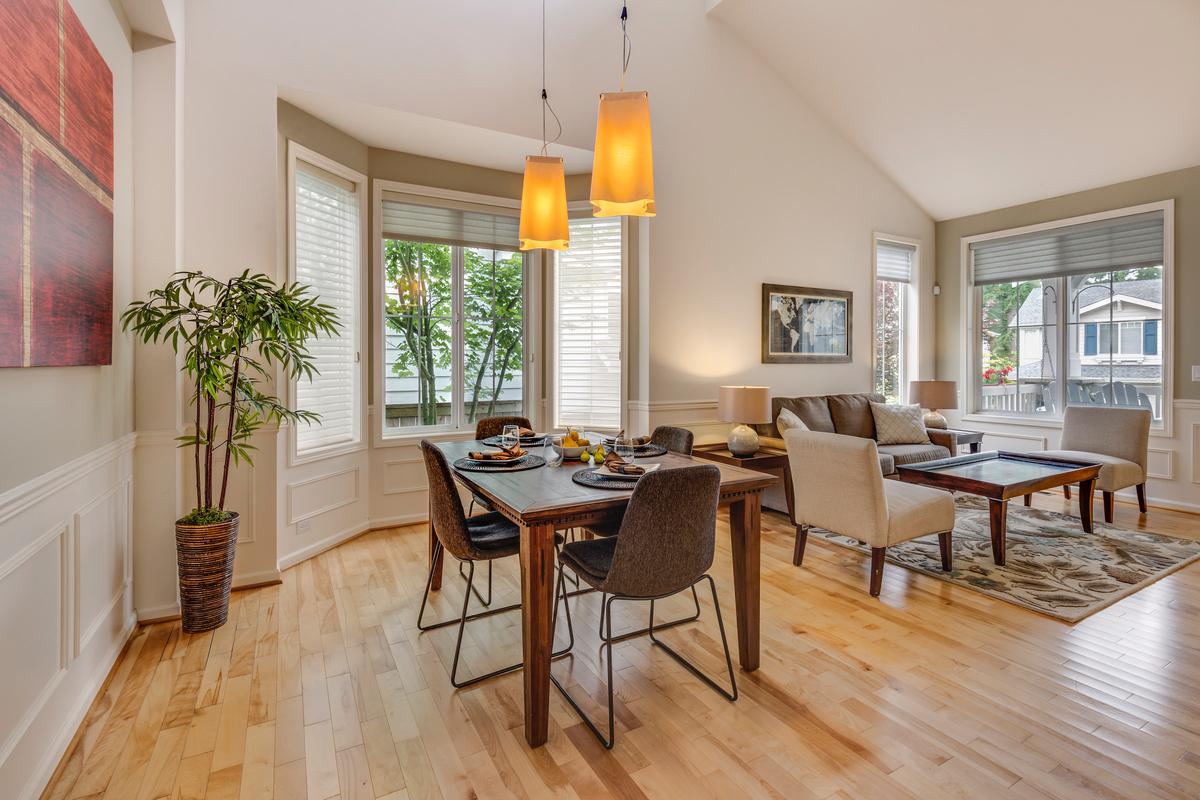
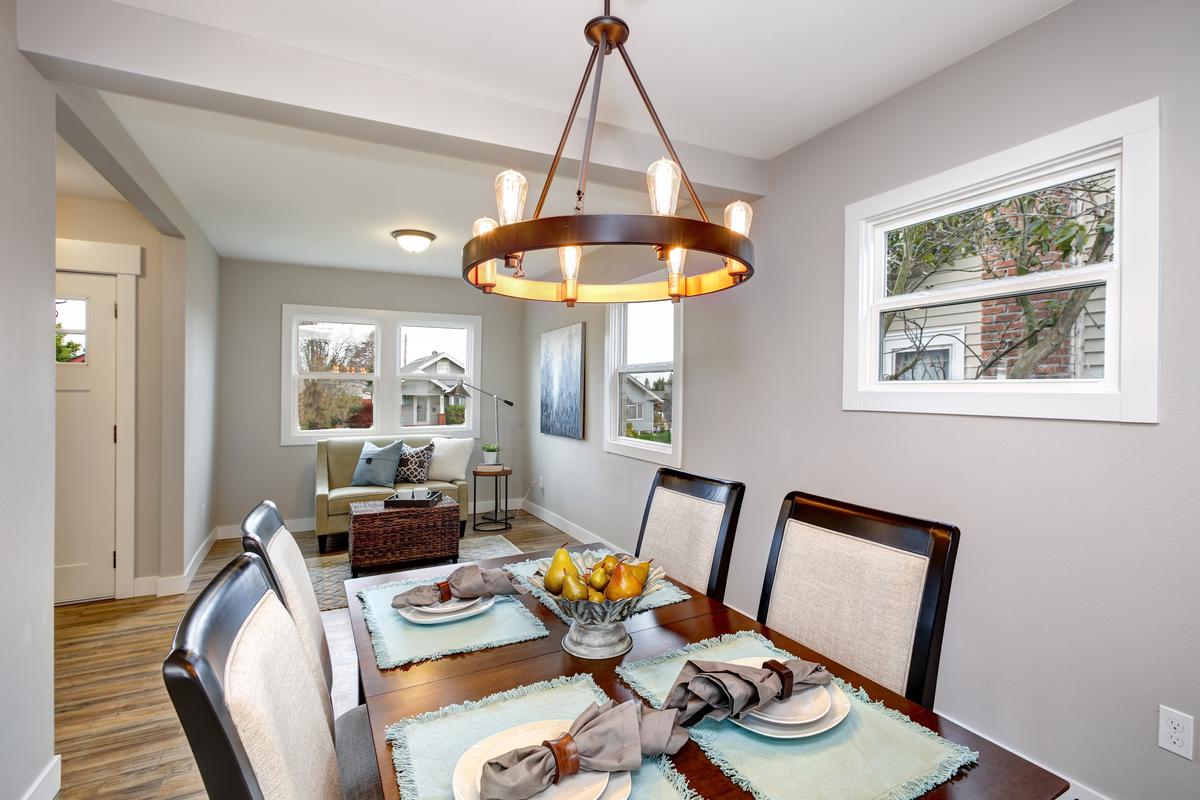
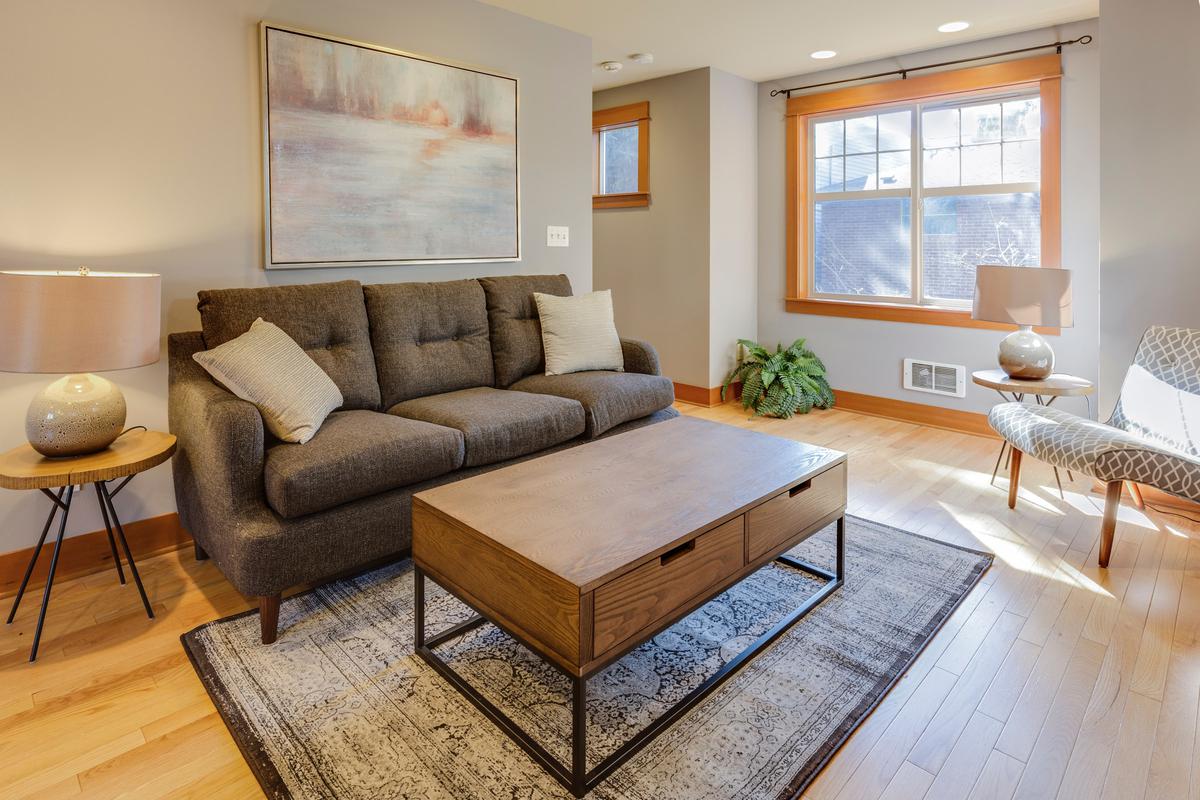

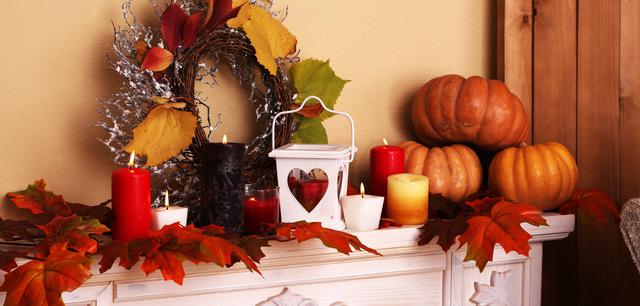

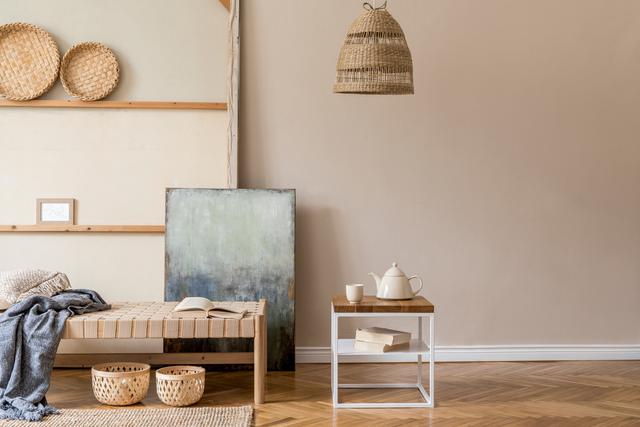
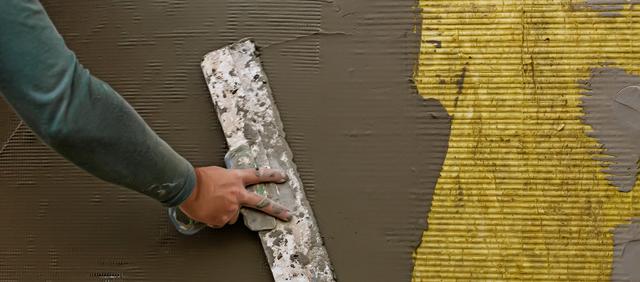
comments